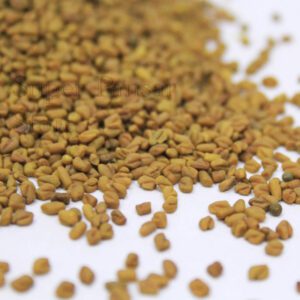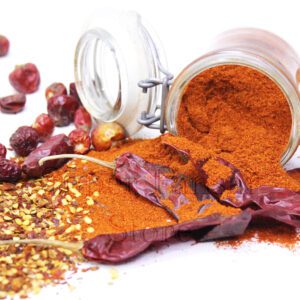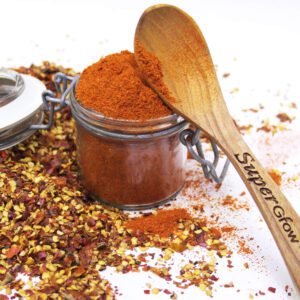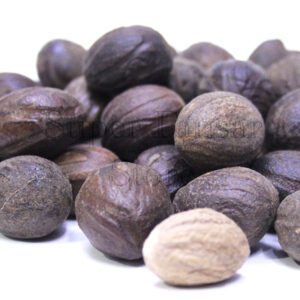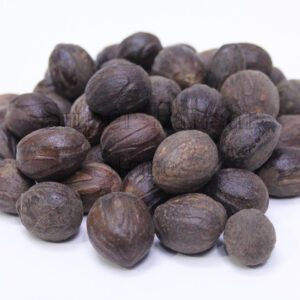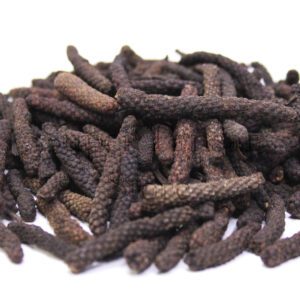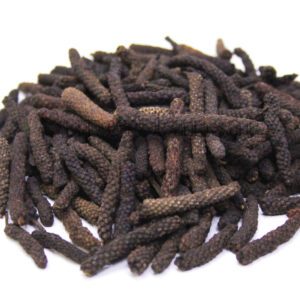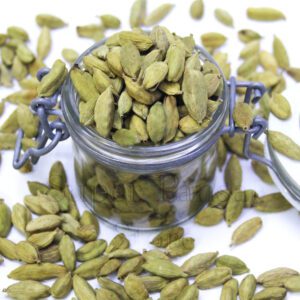No products in the cart.
Tamarind (Imli) املی
₨ 250 – ₨ 750
Super Tamarind: The Tangy Fruit of Sweet and Sour Delight
Tamarind (Tamarindus indica) is a versatile fruit known for its unique combination of sweet, tangy, and sour flavors. Native to Africa but widely cultivated in tropical regions, tamarind is used both as a fruit and as a key ingredient in cuisines around the world, particularly in Indian, Southeast Asian, and Latin American dishes. The fruit’s dark, sticky pulp, which is encased in a brown pod, is a rich source of natural acidity, often used to balance flavors in sauces, chutneys, curries, and marinades. Its sharp tang adds depth to soups, salads, and even beverages like tamarind juice and cocktails. Tamarind is also celebrated for its health benefits, including its ability to aid digestion, support heart health, and provide antioxidant-rich properties. With its bold flavor and versatile applications, tamarind is a treasured ingredient that brings a delightful contrast of sweetness and acidity to every dish it touches.
- Premium Quality
- Fresh
- Organic
- Safely processed and packed
Overview
Tamarind (Tamarindus indica) is a tropical and subtropical tree, valued for its edible fruit, timber, and various other uses.
It’s a multipurpose tree, often used as a shade tree, windbreak, and for its medicinal properties.
Benefits
Anti-Inflammatory Effects:
Some studies suggest that tamarind may have anti-inflammatory properties.
The presence of polyphenols and other bioactive compounds may help reduce inflammation in the body.
Digestive Health:
People have traditionally used tamarind to aid digestion.
It contains dietary fiber, which can contribute to digestive health by promoting regular bowel movements and preventing constipation.
Blood Sugar Control:
Limited research suggests that tamarind may have a potential role in managing blood sugar levels.
The fiber in tamarind may help regulate the absorption of sugar in the digestive system.
Heart Health:
The antioxidants and fiber in tamarind may contribute to heart health.
Fiber can help lower cholesterol levels, and antioxidants may play a role in reducing the risk of cardiovascular diseases.
Weight Management:
These foods contribute to a feeling of fullness, potentially leading to weight management by reducing overall calorie intake.
Antibacterial and Antifungal Properties:
Tamarind contains certain compounds that may exhibit antibacterial and antifungal properties.
These properties may contribute to oral health and help combat certain microbial infections.
Joint Health:
Some traditional medicine practices use tamarind for its potential anti-inflammatory effects, which could be beneficial for conditions like arthritis and joint pain.
Vitamin C Boost:
Tamarind boosts the immune system and acts as an antioxidant, being a good source of vitamin C.
It also contains Vitamin A, another micronutrient important for immune health.
Support for Nervous System:
The presence of thiamine (vitamin B1) in tamarind is important for the proper functioning of the nervous system and the metabolism of carbohydrates.
Uses
You can use tamarind in various culinary applications, offering a unique sweet and tangy flavor to dishes.
Here are some common uses of tamarind in cooking:
Curries and Gravies:
Tamarind is often used in the preparation of curries and gravies to add a tangy flavor.
It is especially common in South Asian and Southeast Asian cuisines.
Chutneys and Sauces:
Tamarind is a popular component in chutneys and sauces.
It adds a sweet and sour element that complements the flavors of various dishes.
Stews and Soups:
Tamarind is used to enhance the flavor of stews and soups, providing a depth of taste to the broth.
Marinades:
Tamarind is included in marinades for meats, seafood, and vegetables.
Its acidity helps tenderize the ingredients while imparting a tangy taste.
Rice Dishes:
Regions add tamarind to rice dishes such as biryani or pulao to provide a unique flavor.
Street Food and Snacks:
Tamarind is a common ingredient in street food and snacks.
Tamarind chutneys or sauces are frequently used as toppings for items like samosas, chaats, and pakoras.
Beverages:
People make refreshing beverages, such as tamarind juice or agua de tamarindo, using tamarind.
These drinks are popular in various tropical regions.
Pickles:
Tamarind is sometimes used in pickling recipes to impart its tangy flavor to preserved vegetables or fruits.
Dipping Sauces:
People often serve tamarind-based dipping sauces with fried or grilled foods, providing a delightful contrast to the savory elements.
Desserts:
Tamarind is used to make desserts, especially traditional sweets and candies.
It adds a unique sweet-tart flavor to these treats.
Salads:
You can incorporate tamarind into salad dressings or add it directly to salads for a burst of tanginess.







